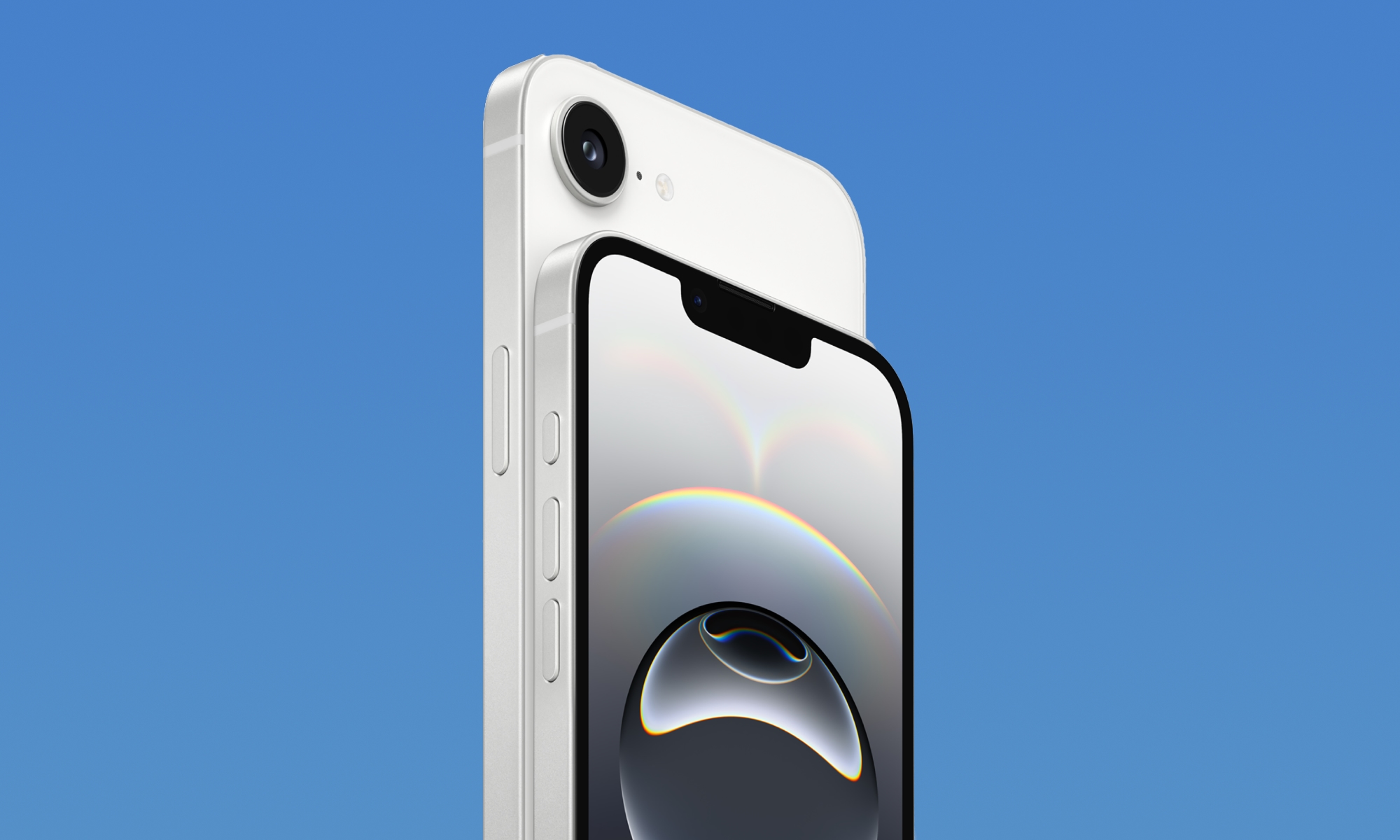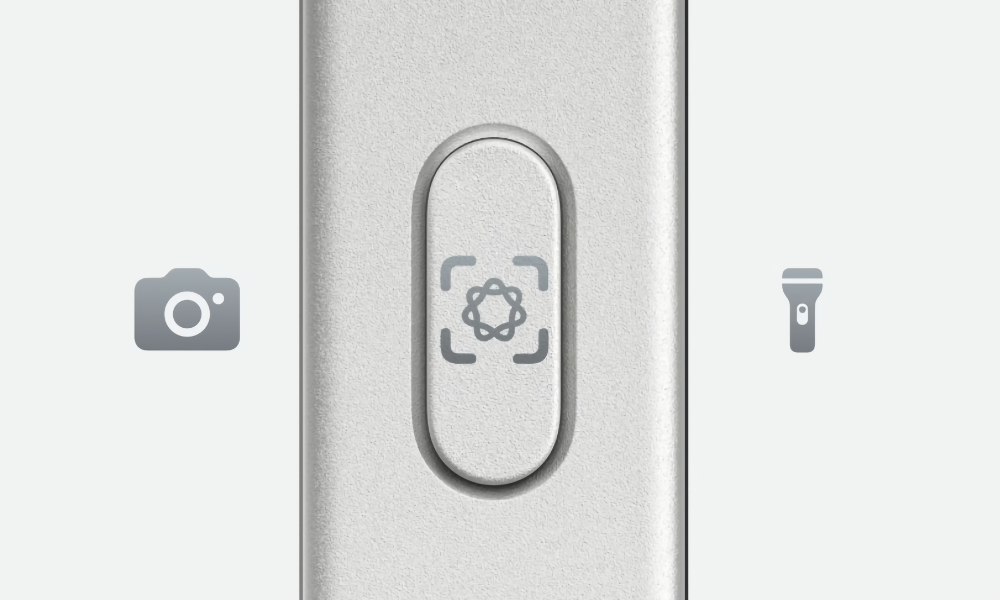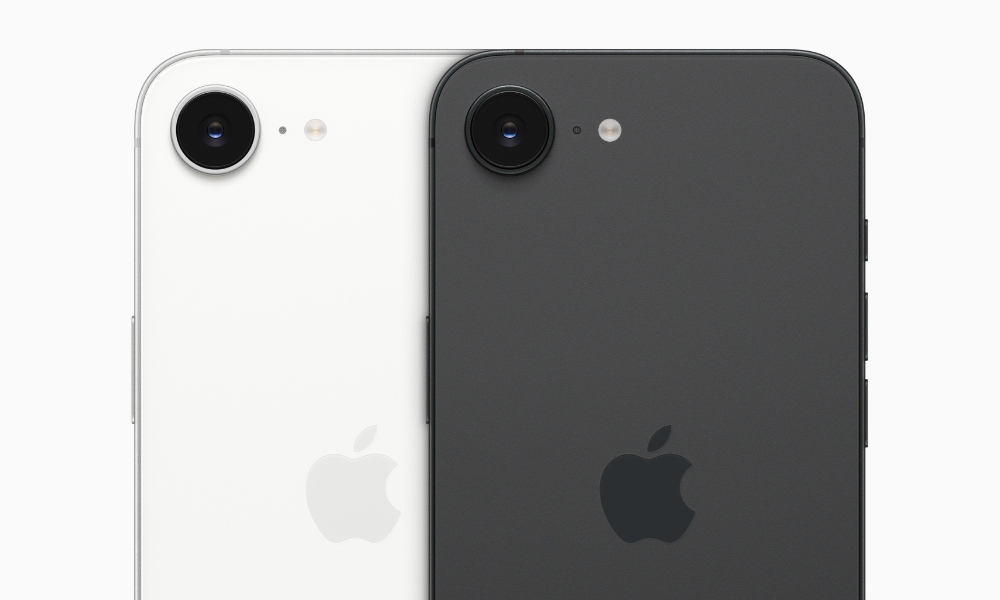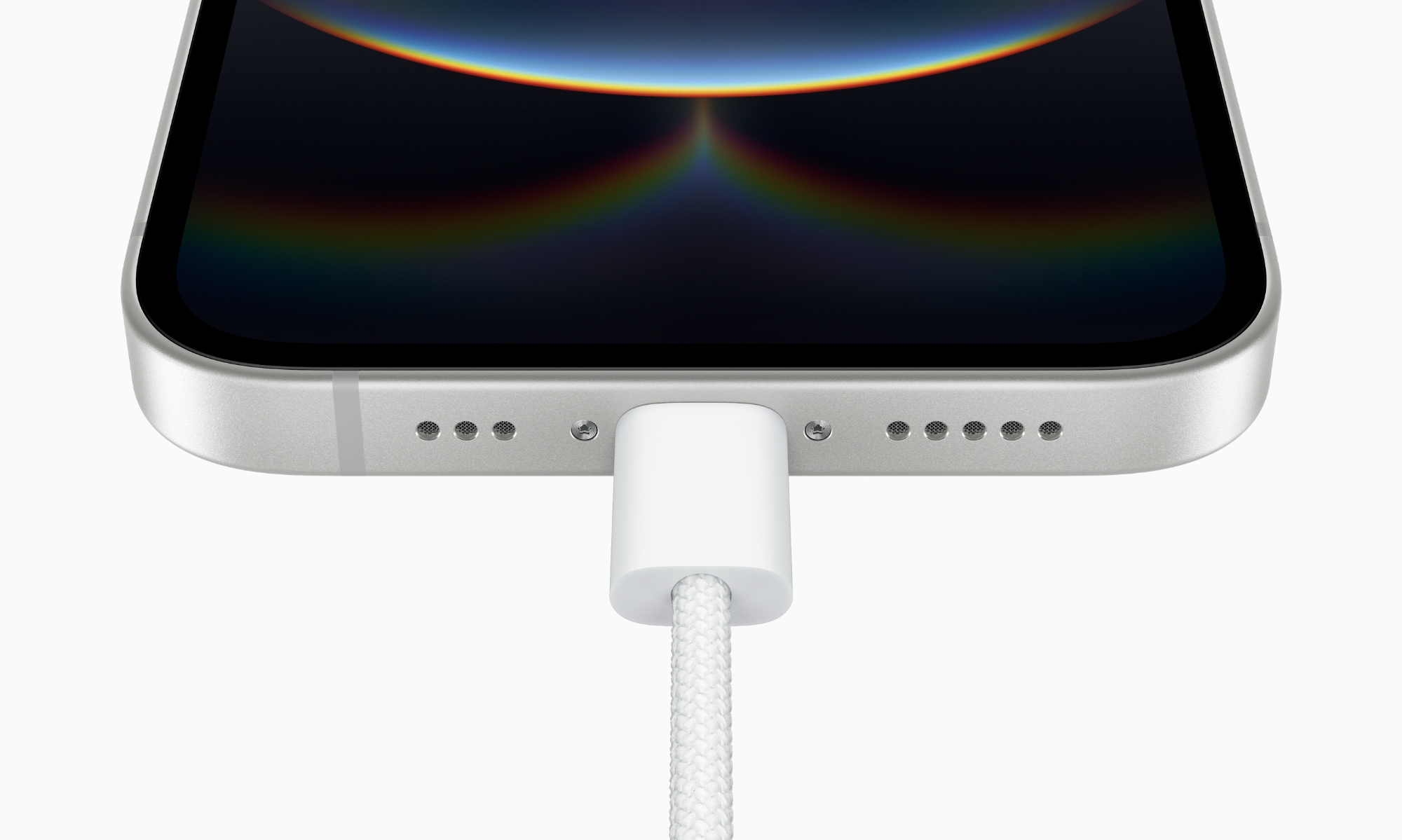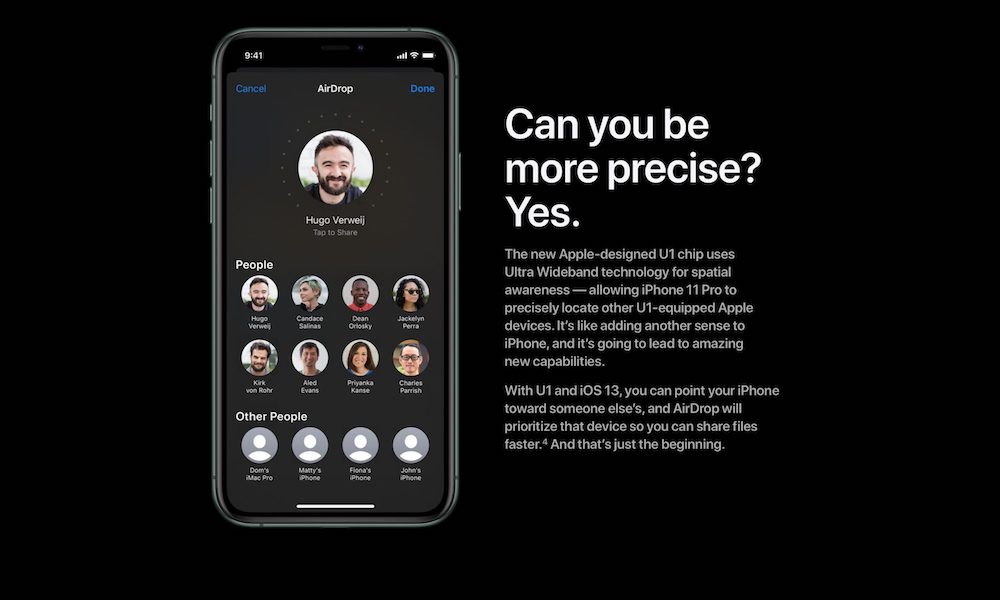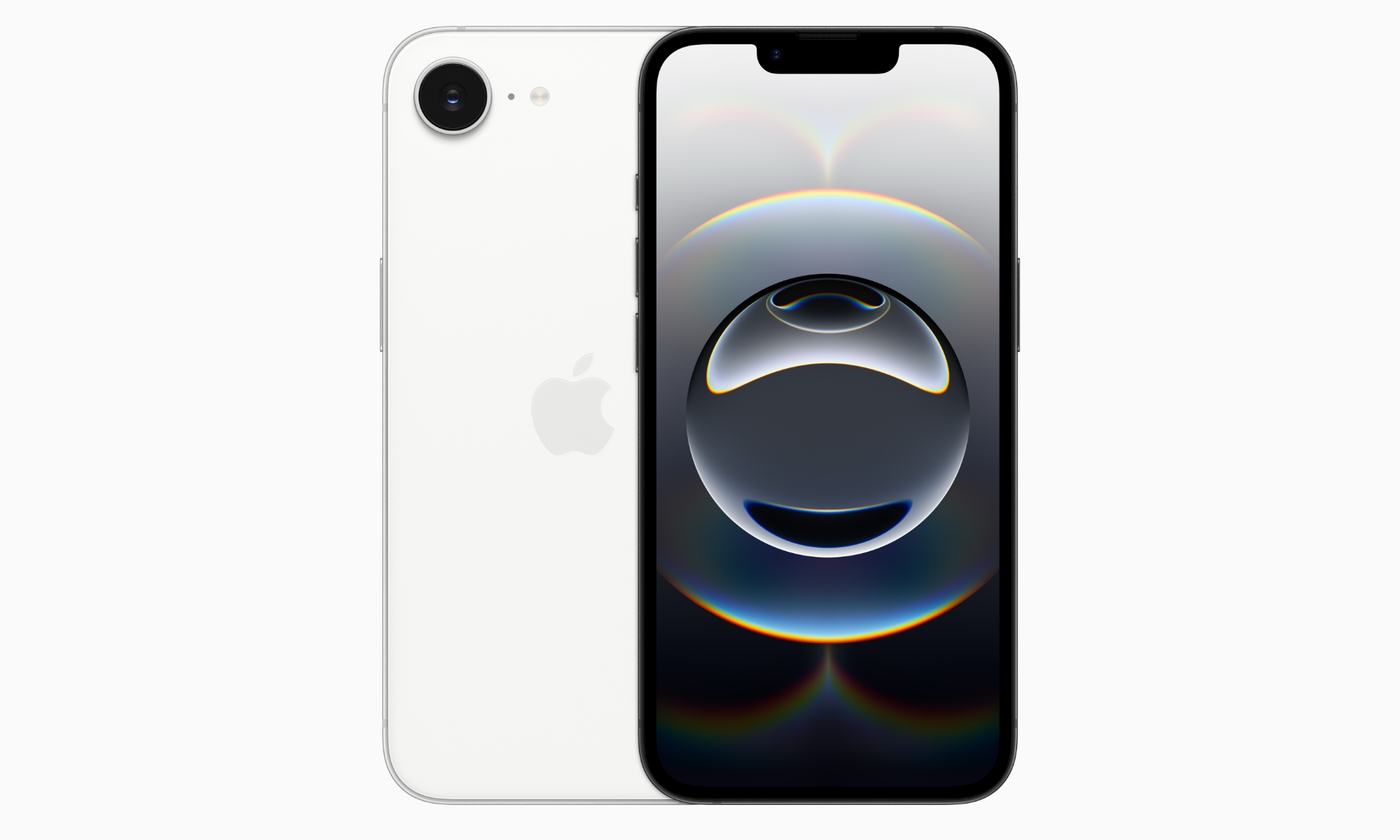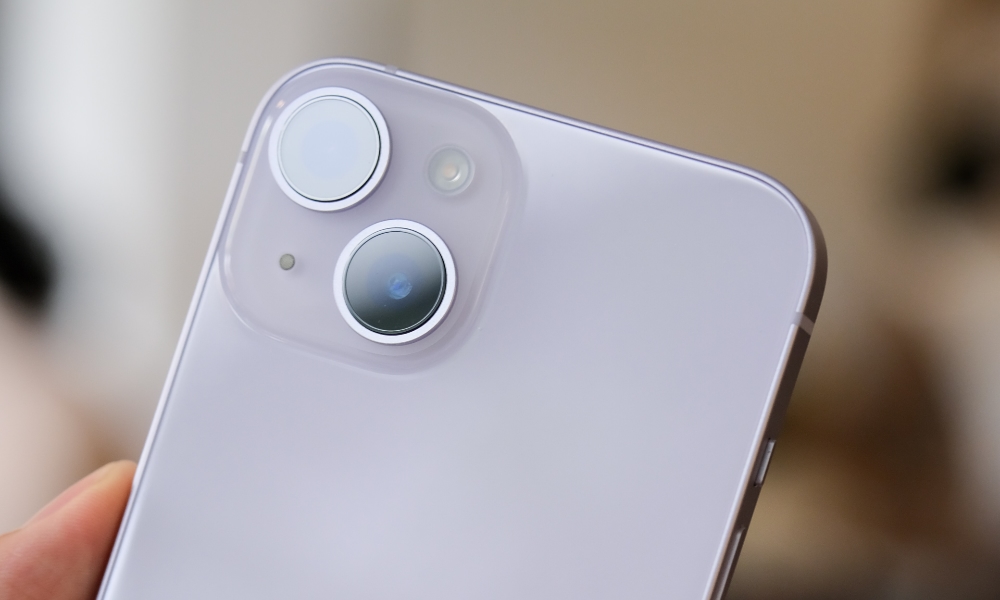9 Surprises from Today’s iPhone 16e Debut
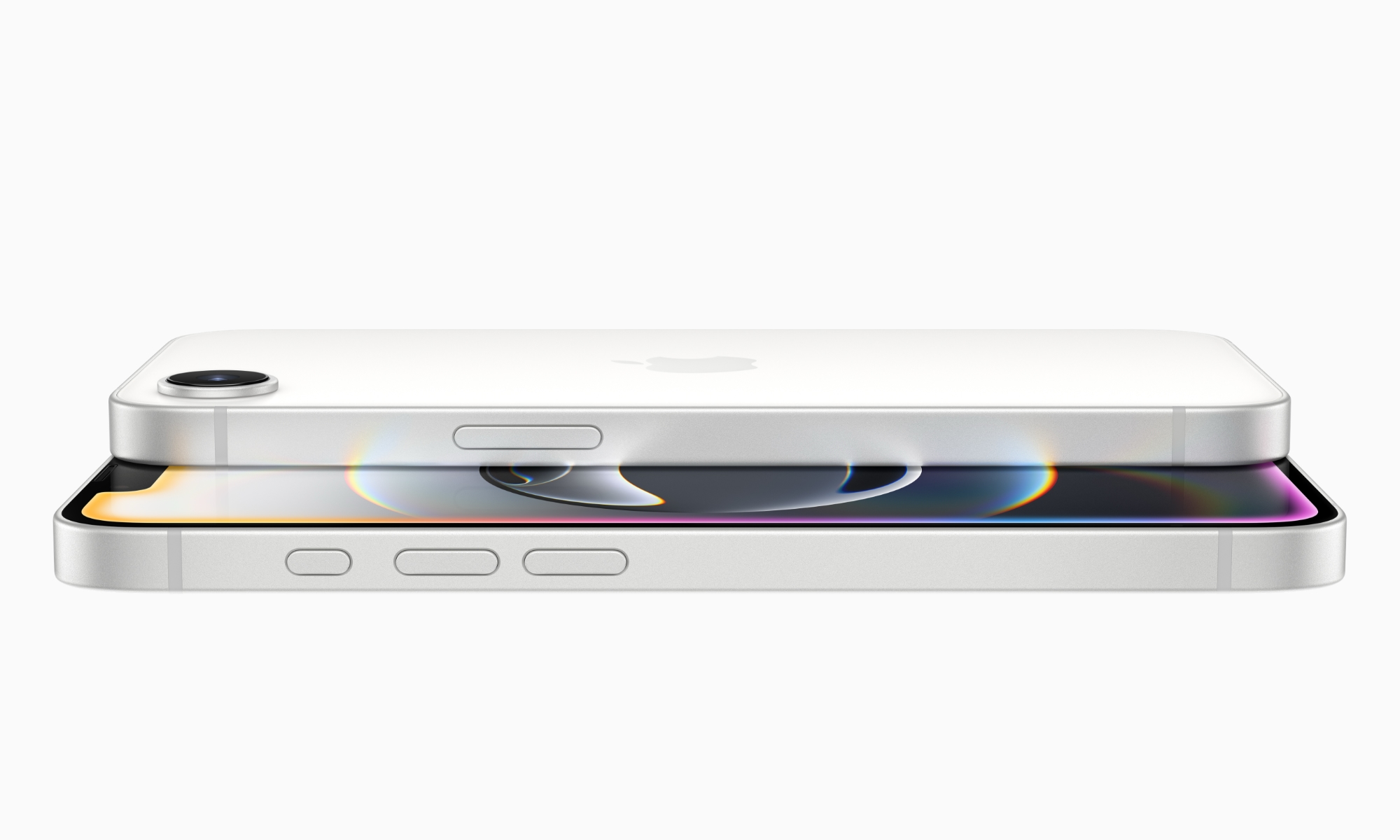
Apple finally unveiled its successor to the iPhone SE, and it came with a few surprises, not the least of which was the new name.
The iPhone SE is effectively no more. Not only did Apple discontinue the aging 2022 model, but the replacement is now being treated as a full-fledged member of the iPhone 16 family with a new name: the iPhone 16e.
That brings more than a few familial obligations, but it was only one of several unexpected developments in today’s iPhone announcement. Read on for 9 things that surprised us about the iPhone 16e.
The Name
While rumors had been circulating that Apple would choose to brand the new model the iPhone 16E, it was hard to take those seriously. Not only did they come from folks with mixed track records for accuracy, but there were some logical reasons why the next-generation budget iPhone should stick with the “SE” name — or at least get another more generic designation.
Chief among these is the fact that iPhone 16e (the one thing the leakers missed was the lower-case “e,” but that’s a minor nit) suggests an annual refresh. It will feel pretty odd for the iPhone 16e to still be on sale in four years when Apple announces the iPhone 19 lineup. However, Apple was never under any obligation to space these models out, so maybe annual or at least bi-annual updates are precisely what it has in mind. Perhaps we’ll see an iPhone 17e next year.
The other factor was that the new iPhone still wouldn’t quite feel like a part of the iPhone 16 family. By all reports, it would look like an iPhone 14, complete with the notch and ring/silent switch, but with only one camera and a USB-C port. However, Apple seems to have met the iPhone 16 era halfway here, which brings us to the next surprise…
The Action Button
The Action button came out of nowhere. Several reliable reports had suggested Apple would stick with the ring/silent switch (this was supposed to be based on the iPhone 14, after all), and some photos of dummy units shared in January backed that notion up.
Those who predicted an Action button were in the same minority as those who said the Dynamic Island was coming to the iPhone 16e. One of those rumors was correct: the iPhone 16e indeed got the Action button.
This certainly makes it feel more like a part of the iPhone 16 family, particularly since Apple is using the Action button to support Visual Intelligence — a feature that heretofore has been limited to the iPhone 16 family due to the Camera Control. IPhone 15 Pro owners are wondering if they’ll get Visual Intelligence too; Apple’s change certainly makes that possible, but we’re not holding our breath.
The Camera
The single camera on the iPhone 16e was long rumored to be the same 48MP Fusion camera found on the iPhone 16 (and the iPhone 15 before it — the sensors and lenses for the primary camera are reportedly the same, but Apple didn’t add the “Fusion” moniker until the iPhone 16).
Everything about that makes sense. The only way Apple can justify selling an iPhone with only a single camera in 2025 is to promote it as more than just an ordinary camera. The 48MP Fusion sensor lets it act as a virtual telephoto camera, offering a 12MP 2x zoom from the same lens.
Unfortunately, that single lens has more limitations than most folks may realize on the surface. There’s no macro photography, as that requires an Ultra Wide lens with autofocus (the standard iPhone 16 only gained that this year). There’s also no Spatial photo/video capture, Portrait Mode with Focus and Depth Control, or Cinematic video recording, all likely for the same reasons.
Nevertheless, the Fusion camera and A18 chip provide several upgrades over the iPhone 14 that inspired this new model. It’s on par with the iPhone 16 in offering Smart HDR 5, plus Wind Noise reduction and Audio Mix for video recording.
However, the iPhone 16e also takes a step back from the iPhone 14 by lacking sensor-shift optical image stabilization, an omission that seemingly costs it support for Action mode video recording.
Lastly, there’s one other limitation that feels arbitrary: Photographic styles. The iPhone 16 lineup introduced a fun new set of Photographic Styles that offered greater customization and the ability to apply and change them in photos after the fact. The iPhone 16e omits these, putting it on the same footing as the iPhone 15 with only the basic four styles: Rich Contrast, Vibrant, Warm, or Cool. Is there a technical limitation that prevents Apple from adding these to the iPhone 16e? Possibly, but if so, it’s certainly nothing obvious as the iPhone 16e has (mostly) the same A18 chip, and there’s no indication the latest generation of Photographic Styles requires additional lenses.
Battery Life
One positive surprise with the iPhone 16e is substantially longer battery life that beats the iPhone 16 and almost matches the larger iPhone 16 Plus. Apple promises 3–4 hours longer video playback and 10 hours more for audio.
That’s impressive for an iPhone that’s the same size and $200 cheaper. Apple attributes these improvements to its new C1 modem chip, which is said to be 25% more power-efficient than the Qualcomm chips it uses in its other iPhone 16 models.
No MagSafe
The iPhone 16e also lacks MagSafe support. That means no magnetics in the iPhone and no 15W wireless charging. The lack of magnets can be made up for with a case, but you’ll be stuck with the 7.5W charging speeds.
In some ways, this shouldn’t be a big surprise, as no iPhone SE has ever supported MagSafe. However, this isn’t really an iPhone SE anymore, is it? Omitting MagSafe on a member of the iPhone 16 family feels wrong somehow.
Some rumors are circulating today that magnets could interfere with Apple’s new C1 modem chip and 5G antenna array. We’re not putting much stock in those, as Apple has been working on this chip for at least six years; if it can’t figure out how to deal with magnetic fields, the chip should never have been released in the first place (or somebody on Apple’s engineering team needs to be fired).
The most likely explanation for the lack of MagSafe is the simplest one: Apple is cutting corners to keep the iPhone 16e reasonably affordable. In an era when even Samsung’s flagship Galaxy S25 Ultra still doesn’t include magnets for Qi2 charging, Apple isn’t going to lose any sleep about omitting this from its cheapest iPhone.
No Ultra Wideband Chip
Along the same lines as MagSafe, the iPhone 16e entirely lacks an Ultra Wideband chip. To be clear, it’s not just missing the latest “U2” chip from the iPhone 15 era; it doesn’t even have the U1 that was first added to the iPhone 11 in 2019.
Again, that’s something that the iPhone SE has never had, even though two models were released in the U1 era. Apologists may suggest it’s another problem with Apple’s new C1 modem chip, but we’re chalking it up to another cost-cutting measure.
The lack of a U1/U2 chip shouldn’t be a deal breaker for most people. In practical terms, this means you won’t get precision finding for AirTags, so you’ll have to rely on making them emit a sound and tracking them audibly. There’s also no support for Apple’s precision friend-finding feature, which requires the newer Ultra Wideband chip that was introduced in the iPhone 15.
iPhone 16e owners also won’t be able to take advantage of Car Key and Home Key features that rely on Ultra Wideband. That shouldn’t be a big problem considering that Car Key support is limited to higher-end BMW, Genesis, and Mercedes vehicles, and we have yet to see the first UWB Home Key locks arrive.
A (Slightly) Less Powerful A18 Chip
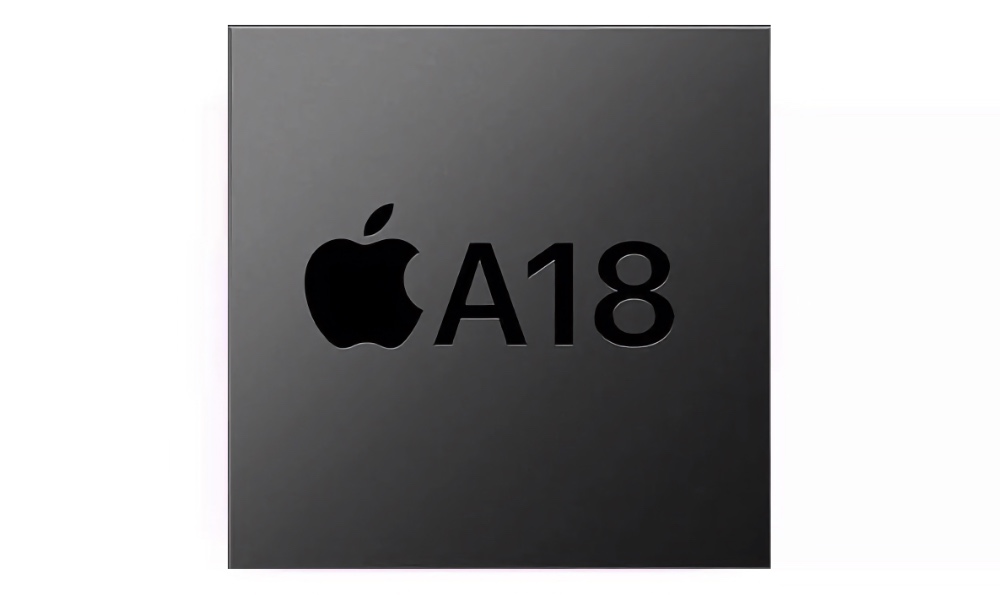
It’s small, but the iPhone 16e also has a slightly less capable A18 chip. While the A18 in the iPhone 16 has five GPU cores, the one used in the iPhone 16e will have only four.
That’s likely because Apple is using “binned” chips — A18 chips that came off the line and didn’t make the cut to go into the iPhone 16. The CPU cores and Neural Engine are the same, so the lack of an extra GPU core won’t likely be noticeable by most iPhone 16e owners. If you plan to play AAA games on your iPhone, you should probably opt for an iPhone 16 Pro model, with its even more powerful A18 Pro chip and proper 120Hz ProMotion display.
The Price
Rumors over the past year suggested that the next generation of the iPhone SE would break the $500 price barrier, but the iPhone 16e smashed right through it. Apple’s “budget” iPhone (if you can call it that), now starts at $599 for a 128 GB model, compared to $479 for a 2022 iPhone SE in the same capacity.
While one can argue you’re getting more for that price, we’re also now only $200 off from the standard iPhone 16 and $100 below the 2023 iPhone 15. Granted, that older model doesn’t offer Apple Intelligence, but it does give you two cameras, MagSafe, and a brighter 2,000-nit display (the iPhone 16e has the same OLED panel used in the iPhone 14, which peaks at 1,200 nits of HDR brightness).
The End of the iPhone 14
With the iPhone 16e hitting the same price that the iPhone 14 sold for only a few hours ago, it’s not surprising that Apple has discontinued both of its iPhone 14 models.
It’s unfortunate, as the iPhone 14 still offers some advantages over the iPhone 16e, which is more of a cross-grade than an upgrade. You’re getting a faster chip with Apple Intelligence support, a better single camera, and an Action button, but you’re also missing out on MagSafe, UWB support, and the advanced features that the iPhone 14 dual-lens system offered, such as a 0.5x ultra-wide zoom and sensor-shift optical image stabilization. The good news (sort of) is that folks who want these things can still pay $100 more for the iPhone 15.
Of course, the iPhone 14 will remain available through third-party retailers for several months before stock is depleted, but Apple has clarified that the iPhone 16e is the new way forward. The elimination of the iPhone 14 and iPhone 14 Plus also signals the final death of the Lightning port globally. Apple was already forced to take these models off the market in Europe at the end of 2024 due to the new USB-C regulations, so these latest changes give it a consistent lineup worldwide.

